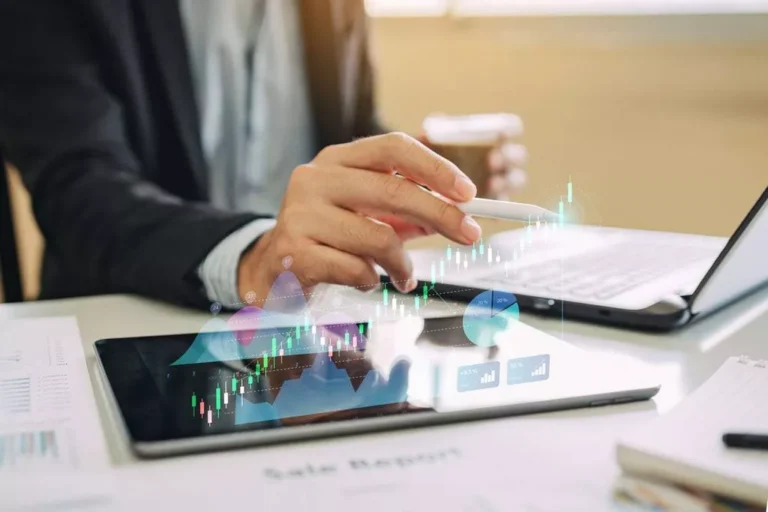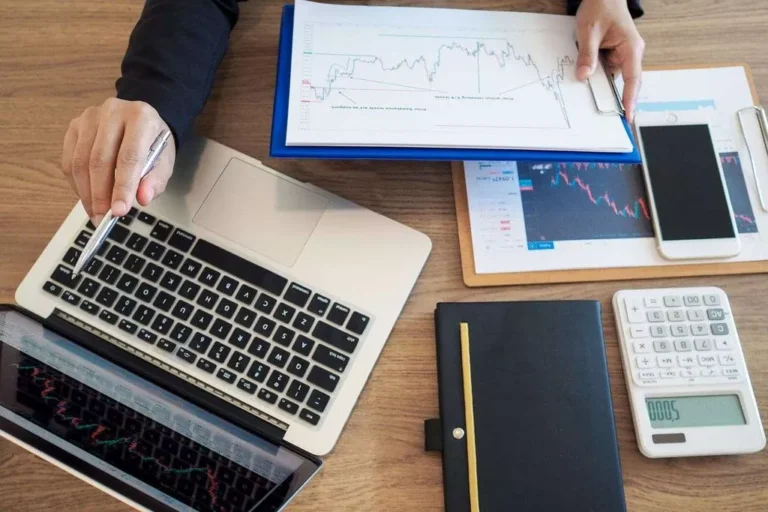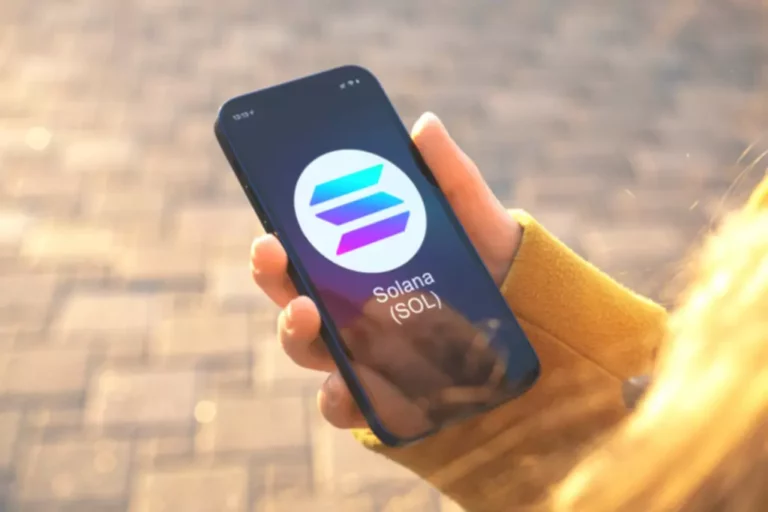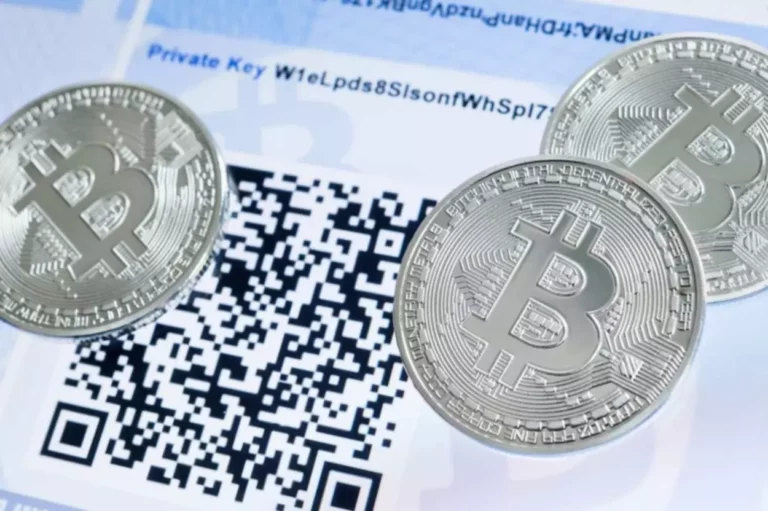Real World Assets Rwas & Tokenization Explained Chainlink
In this text, we will explore the growing trend of RWA tokenization and its implications. First, we define what constitutes a real-world asset broadly, encompassing bodily, digital, and data-based items of worth, and how blockchain facilitates fractionalizing these into digital tokens. We will then have a look at the advantages of asset tokenization and examine several trade examples and use circumstances throughout areas like real estate, commodities, intellectual property, artwork, journey, and extra.
From eggs to stocks: House Committee examines the tokenization of real-world assets – Axios
From eggs to stocks: House Committee examines the tokenization of real-world assets.
Posted: Thu, 06 Jun 2024 17:27:55 GMT [source]
It allows traders to achieve exposure to private equity and actual property funds typically reserved for accredited or institutional buyers. This allows self-employed people and small companies to make use of future revenue streams as collateral for loans or promote parts on secondary markets. For example, workers might entry earned but unpaid wages, or freelancers might low cost invoices in change for instant money.
What Are Real-world Asset (rwa) Tokens?
Tokenization holds great potential to transform conventional asset courses and financial markets. Tokenized real-world assets (RWAs) are blockchain-based digital tokens that characterize bodily and traditional monetary assets, similar to money, commodities, equities, bonds, credit, paintings, and intellectual property. Ondo Finance (ONDO) stands at the forefront of the Real World Asset (RWA) tokenization movement, offering progressive options that bridge conventional finance with decentralized finance (DeFi). It provides a platform for tokenizing real-world belongings, making them accessible and liquid on blockchain networks. The key merchandise of Ondo Finance embody OUSG, the world’s first tokenized US Treasuries product, and Flux Finance.

Tokenization, the process of converting real-world assets into digital tokens on blockchain networks, has gained prominence within the crypto market. Its history dates back to the early 2010s, with early initiatives like colored cash on the Bitcoin blockchain. However, it wasn’t until the Ethereum blockchain’s launch in 2015 that tokenization found a more versatile platform. As of March 2024, the whole market cap of RWA cash exceeds $8.four billion, according to Coingecko. As the world of crypto turns into more linked to the broader financial market, the appetite for tokenizing real-world belongings, or RWA, is coming from smaller members as well.
Chainlink
Tokenizing real-world assets entails representing the possession rights of property as onchain tokens. In this process, a digital representation of the underlying asset is created, enabling onchain administration of the asset’s ownership rights and helping to bridge the gap between physical and digital belongings. Asset tokenization is among the most promising use cases for blockchain technology, with its potential market size encompassing nearly all human financial activity.
This is why tokenized RWAs are a growing market phase within the digital asset business, with an growing variety of tasks looking to tokenize all kinds of property, together with money, commodities, actual property, and rather more. Once programmed and examined, the sensible contract mints the digital tokens, representing shares of the asset on the selected blockchain and containing underlying asset info that hyperlinks it to the real-world merchandise. This data can be pictures or signed paperwork from house owners to cryptographically tie the digital token to the off-chain merchandise. Artists, writers, and inventors can issue digital tokens representing shares in future revenues generated from their works. Smart contracts can allocate tokens and recurring shares of licensing charges or sales to early supporters. For example, on ANote Music, investors can bid on shares of the royalties of music catalogs.

This provides on a regular basis buyers with accessible publicity to niche investments which are typically out of reach. The OM token is used as a governance and utility token within the Mantra Chain, enabling staking for passive yield earning and participation in governance selections throughout various products. Mantra’s revolutionary approach is designed to deal with the scalability challenges of RWA tokenization, setting a basis for a global financial ecosystem shift. The platform is set to streamline asset transactions, open new funding avenues, foster entrepreneurship, and attract international investment. With a mission to convey the world’s financial ecosystem on-chain, Mantra’s efforts usually are not only centered on innovation but also on guaranteeing that their infrastructure is inviting for builders, institutions, enterprises, and customers thinking about exploring the probabilities of RWAs. Real-world property (RWAs) in blockchain are digital tokens that characterize bodily and traditional monetary property, similar to currencies, commodities, equities, and bonds.
Extra In Crypto World
Real-world property (RWAs) symbolize a few of the most compelling uses for blockchain know-how and its ability to tokenize numerous objects of worth, whether or not bodily, digital, or data-based. From art and collectibles to real estate, stocks and commodities, and private information, varied tangible and intangible property can now be represented digitally on-chain by way of the issuance of tokens representing RWAs. Real-world property unlock a novel technique of transferring ownership, sharing revenue streams, and growing liquidity for property that had been beforehand illiquid or non-commercial.

Real-world asset (RWA) tokenization is certainly one of the largest market alternatives in the blockchain industry, with a potential market dimension within the lots of of trillions of dollars. Before tokenizing an asset and making the tokens available for possession, it is essential to undergo compliance procedures and seek relevant regulatory approval. This helps ensure the digital tokens issued are legally recognized and can be enforced, avoiding potential conditions where token patrons wrongly assume ownership of an asset with out authorized standing. The Swarm Markets (SMT) token is used as a fee token for simplified transactions, offering reductions and rewards on the Swarm platform and facilitating a cycle of charge payments and rewards through Swarm Markets. In July 2023, Swarm introduced a partnership with Mattereum to securitize extra RWAs on-chain. This partnership can present a complete and compliant resolution for real-world asset tokenization.
The Trace token (TRAC) is the lifeblood of the OriginTrail ecosystem, powering all operations on the DKG. Launched in 2018 as an ERC-20 token on the Ethereum network, TRAC has a fixed supply of 500 million tokens. It is utilized for varied features throughout the community, together with publishing and updating assets, serving as collateral on OriginTrail nodes, and facilitating delegated staking.
Select One Thing To Tokenize
This could presumably be traded between two events immediately, or fractionalized and offered to many individuals to purchase. Through Koibanx, users can rework a variety of property, such as actual estate and shares, into digital tokens on a blockchain. Cultural works like books, music, and movies represent a large market for tokenization as digital files on blockchain.

By tokenizing RWAs, you’re essentially making a digital twin that exists on a blockchain. TokenFi is designed as a user-friendly platform to simplify the creation and tokenization of Real World Assets (RWA) without the need for coding. It targets the burgeoning RWA market, which is anticipated to grow to $16 trillion by 2030, offering instruments for launching ERC20/BEP20 tokens, amongst different functionalities. Through features just like rwa tokenization the TokenFi Token Launcher, Generative AI for NFTs, and a suite of tools for direct connections with market gamers, TokenFi facilitates seamless entry into the DeFi ecosystem. This initiative goals to democratize the tokenization process, making it accessible and affordable, thereby positioning TokenFi to capture vital growth within the DeFi space.
As of March 2024, Ondo Finance plans to maneuver $95 million of property to BlackRock’s tokenized fund BUIDL for instant settlements for its U.S. This shift will make OUSG considerably more usable inside the crypto ecosystem as a store-of-value and collateral asset. This marks the first instance of a crypto protocol leveraging asset management big BlackRock’s tokenized fund offering.
Expanding its horizons, Pendle has lately built-in support for Real-World Assets (RWA) such as MakerDAO’s Boosted Dai Savings and Flux Finance’s fUSDC, marking a major step in course of bridging DeFi with traditional monetary instruments. This integration not solely amplifies Pendle’s utility within the DeFi house but in addition positions it as a pioneer in facilitating on-chain access to tokenized traditional property like U.S. With this, Pendle offers an innovative platform for both retail and institutional investors, enabling them to manage and hedge yields of RWAs effectively. The protocol’s adaptability to include RWAs underscores its potential to draw substantial institutional investments onto the blockchain, thereby expanding the DeFi panorama to incorporate traditional financial products. Tokenized RWAs have the potential to essentially change the landscape of decentralized finance. In many ways, DeFi served as a proof of idea for onchain finance as the superior technological layer for facilitating monetary and economic activity.
TRAC’s multichain strategy ensures its functionalities are accessible throughout a broader range of blockchain ecosystems, enhancing its interoperability and scalability. In the case of fiat currency, stablecoins are the obvious type of real-world asset tokenization. Each token represents one precise greenback that the corporate has in reserve, and allows for quicker and direct settlements between events. Tokenized RWAs also current some risks, primarily on the facet of the custody of physical assets, which should be reliably carried out, and the connection to the outside world. Finally, it isn’t sufficient simply to problem an asset, there should even be good market liquidity or demand for it to ensure that it to thrive. Identify a real-world asset that holds worth and could benefit from blockchain publicity and tokenization.
POLYX operates beneath a unique tokenomics mannequin where its provide approaches an asymptotic restrict, with new tokens generated primarily based on a predefined algorithmic schedule. This design intends to strike a balance between incentivizing network participation and sustaining a controlled inflation rate, guaranteeing the long-term sustainability and security of the community. The ecosystem is additional enriched by a strong governance model that allows POLYX holders to partake in strategic decision-making, fostering a democratic and participatory environment.
Projects like Agrotoken allow farmers to tokenize their grains, remodeling them into digital belongings that they’ll trade, change for supplies and companies, and use as collateral for loans. Any product may be tokenized and traced via the supply chain utilizing a platform like Origino. These developments will contribute to the growth and maturation of the tokenization trade within the years to return. Tokenized property profit from enhanced liquidity, elevated entry, clear onchain management, and reduced transactional friction compared to traditional belongings.
